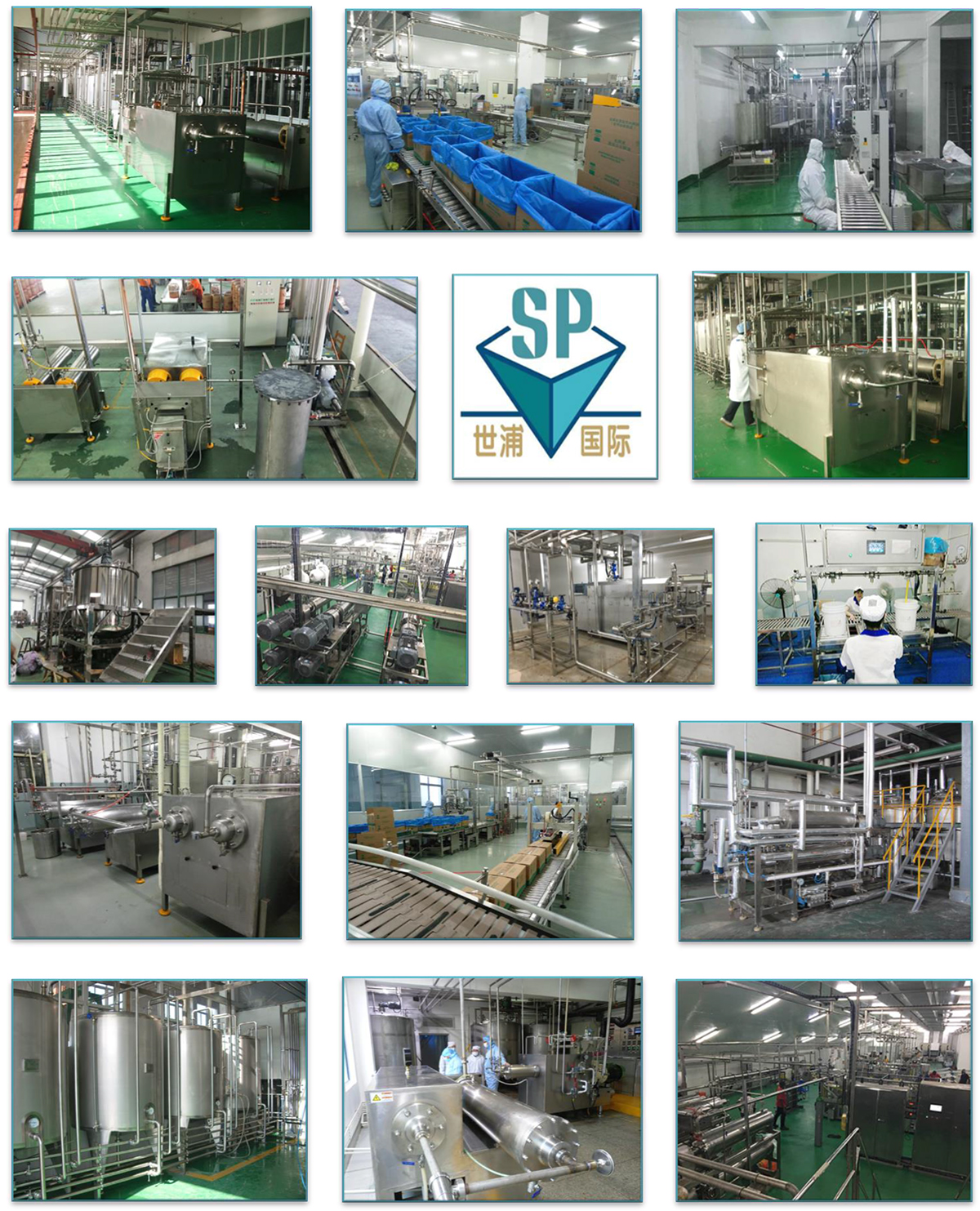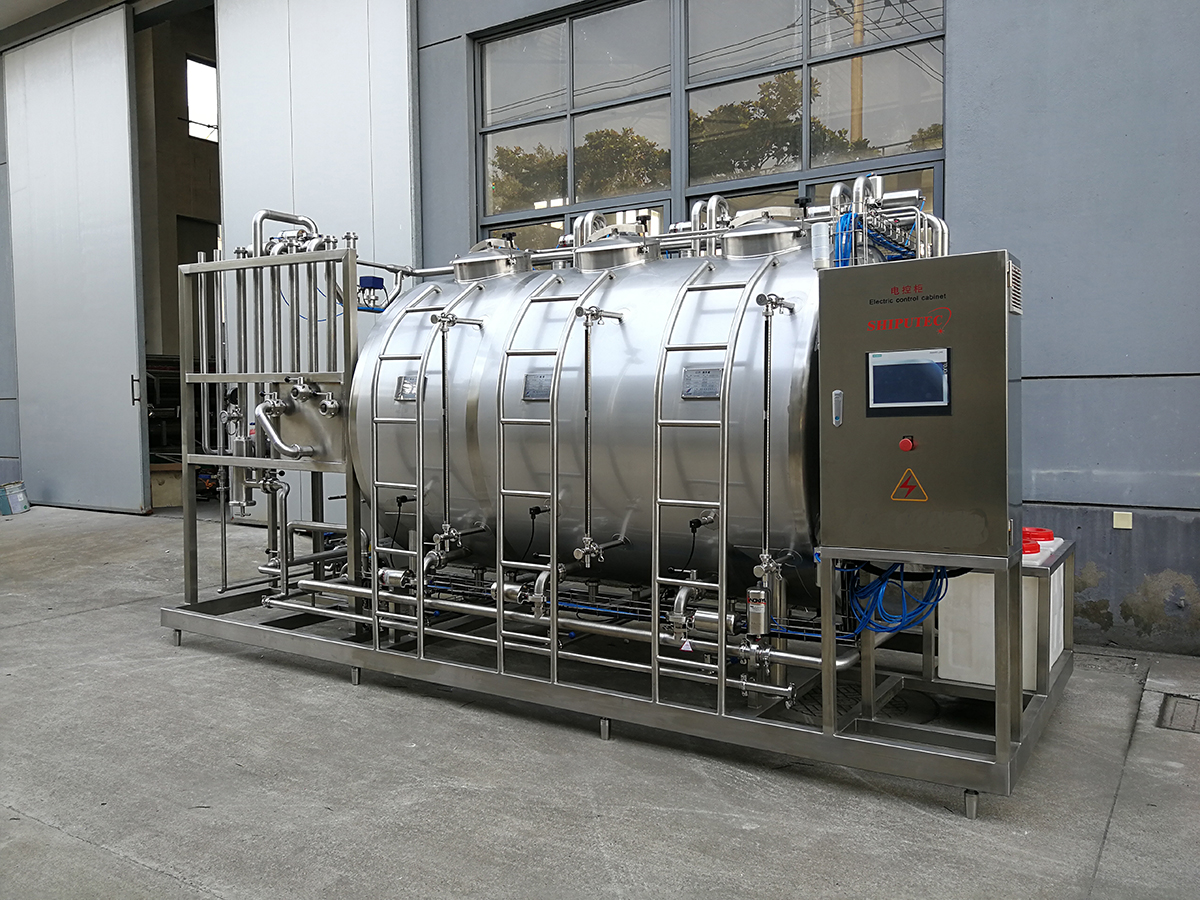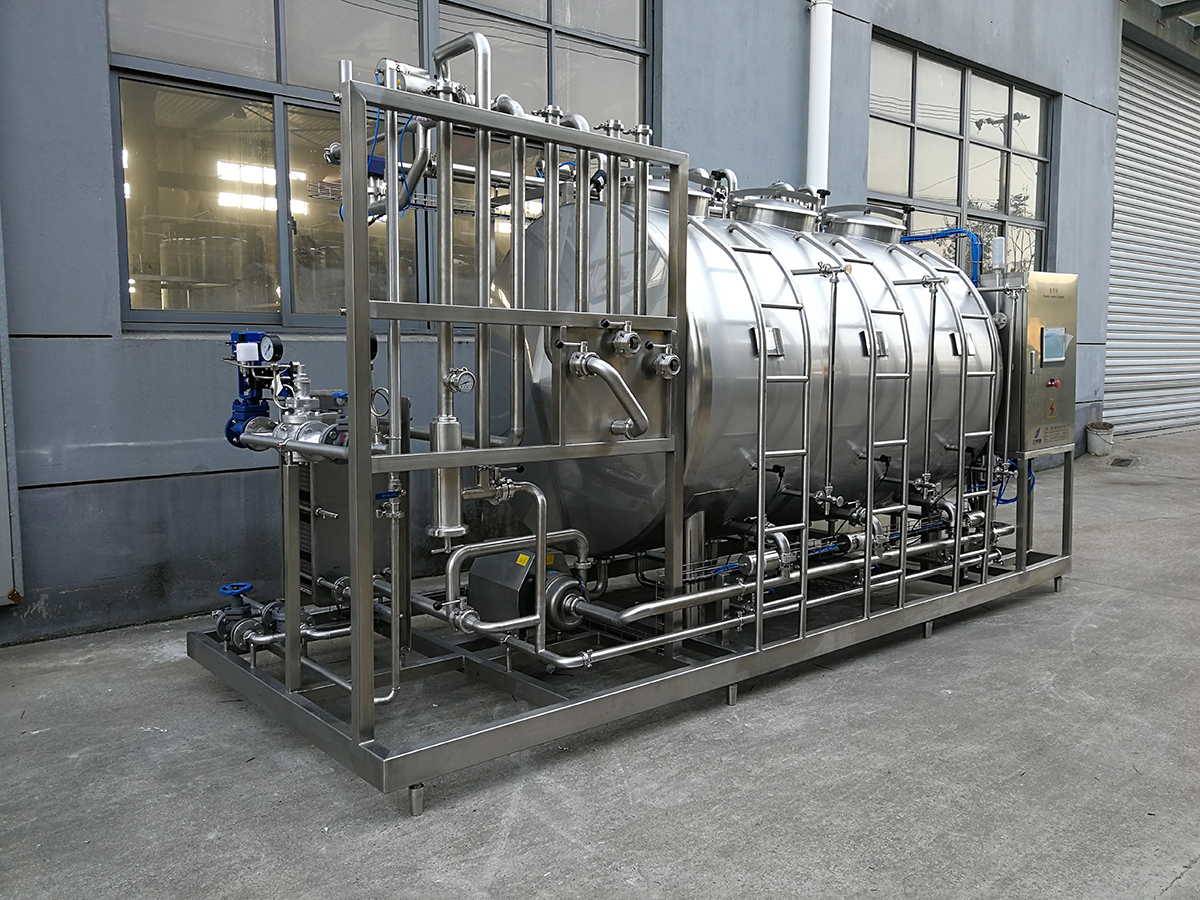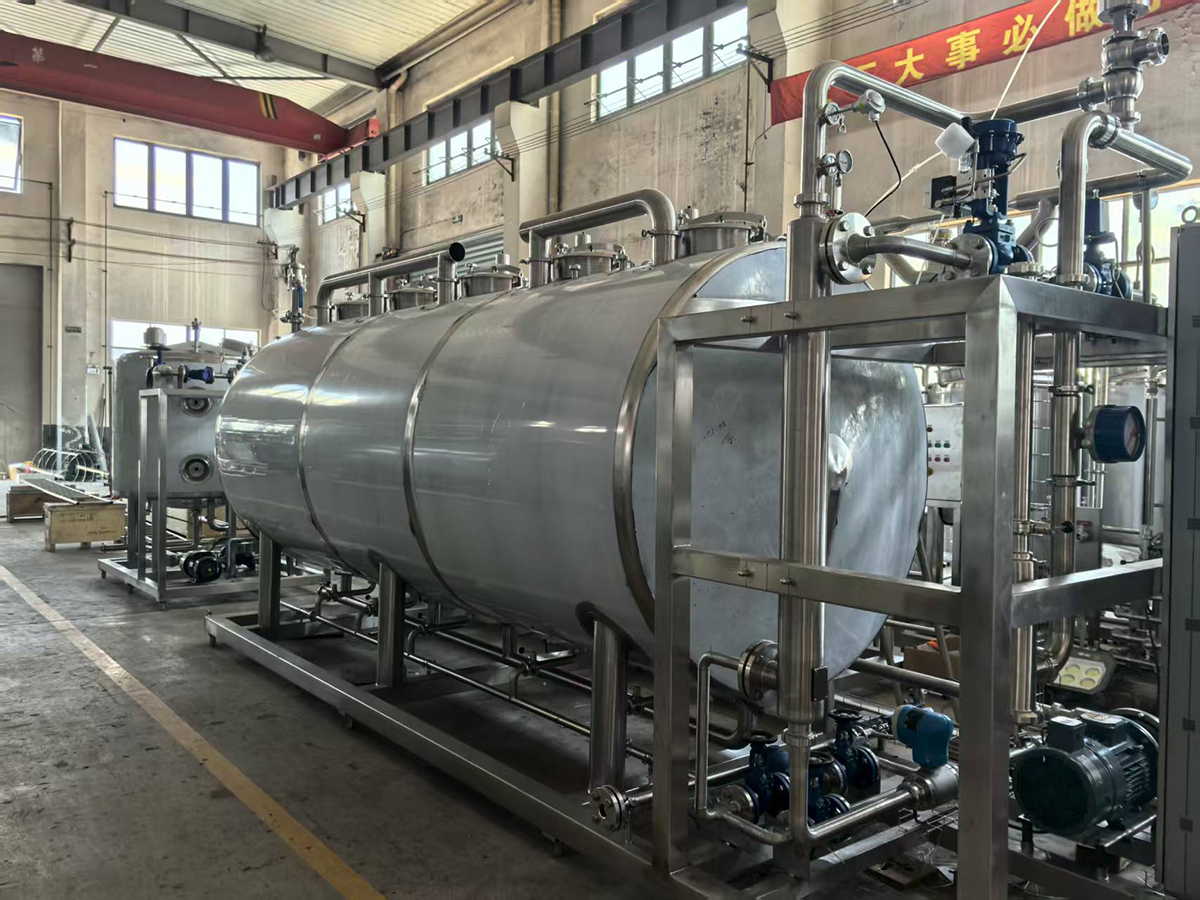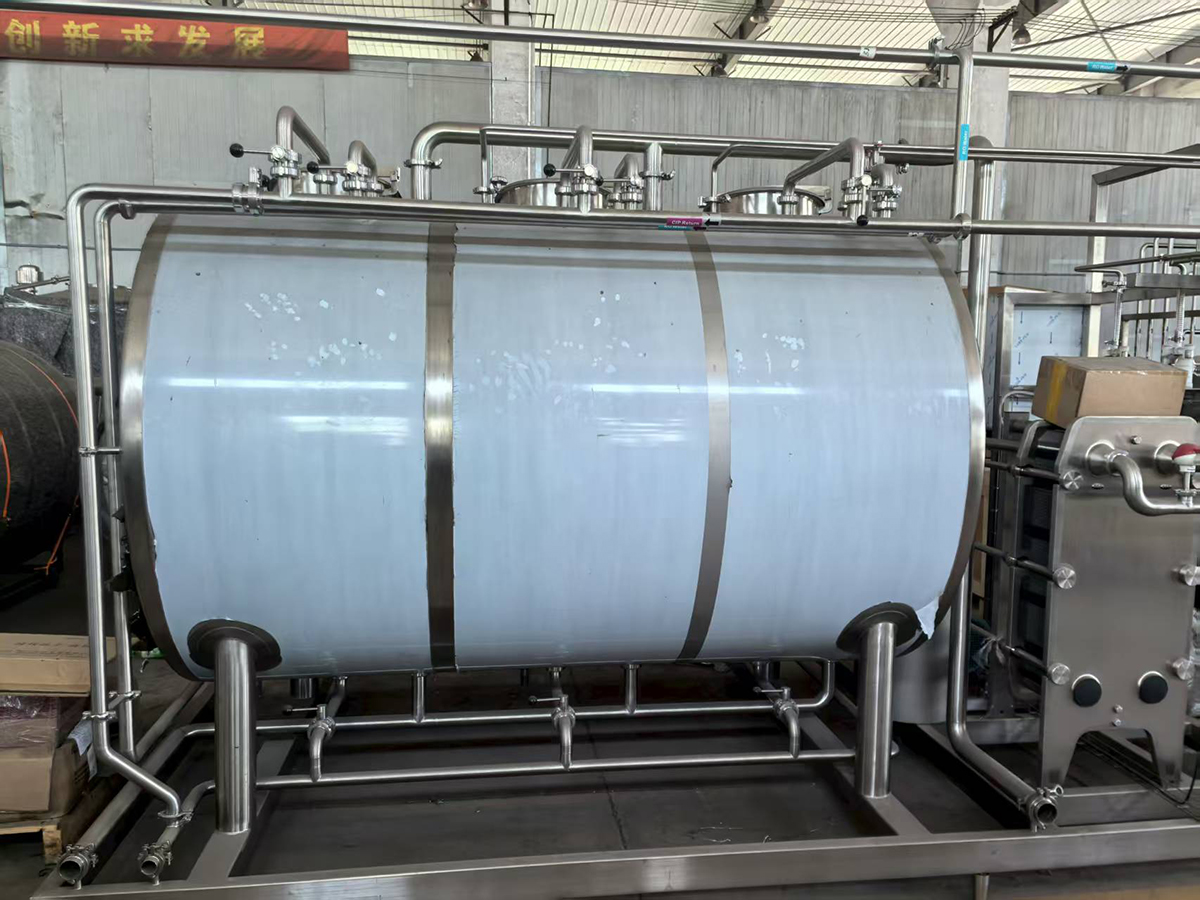CIP In Margarine Production
Equipment Description
CIP (Clean-In-Place) in Margarine Production
Clean-In-Place (CIP) is an automated cleaning system used in margarine production, shortening production and vegetable ghee production, to maintain hygiene, prevent contamination, and ensure product quality without disassembling equipment. Margarine production involves fats, oils, emulsifiers, and water, which can leave residues that require thorough cleaning.
Key Aspects of CIP in Margarine Production
Purpose of CIP
² Removes fat, oil, and protein residues.
² Prevents microbial growth (e.g., yeast, mold, bacteria).
² Ensures compliance with food safety standards (e.g., FDA, EU regulations).
CIP Steps in Margarine Production
² Pre-rinse: Removes loose residues with water (often warm).
² Alkaline wash: Uses caustic soda (NaOH) or similar detergents to break down fats and oils.
² Intermediate rinse: Flushes out alkaline solution.
² Acid wash (if needed): Removes mineral deposits (e.g., from hard water).
² Final rinse: Uses purified water to eliminate cleaning agents.
² Sanitization (optional): Performed with peracetic acid or hot water (85°C+) to kill microbes.
Critical CIP Parameters
² Temperature: 60–80°C for effective fat removal.
² Flow velocity: ≥1.5 m/s to ensure mechanical cleaning action.
² Time: Typically 30–60 minutes per cycle.
² Chemical concentration: 1–3% NaOH for alkaline cleaning.
Equipment Cleaned via CIP
² Emulsification tanks
² Pasteurizers
² Scraped surface heat exchanger
² Votator
² Pin rotor machine
² Kneader
² Piping systems
² Crystallization units
² Filling machines
Challenges in CIP for Margarine
² High-fat residues require strong alkaline solutions.
² Risk of biofilm formation in pipelines.
² Water quality affects rinse efficiency.
Automation & Monitoring
² Modern CIP systems use PLC controls for consistency.
² Conductivity and temperature sensors verify cleaning effectiveness.
Benefits of CIP in Margarine Production
² Reduces downtime (no manual disassembly).
² Improves food safety by eliminating contamination risks.
² Enhances efficiency with repeatable, validated cleaning cycles.
Conclusion
CIP is essential in margarine production to maintain hygiene and operational efficiency. Properly designed CIP systems ensure compliance with food safety regulations while optimizing production flow.
Technical Specification
| Item | Spec. | Brand | ||
| Insulated acid liquid storage tank | 500L | 1000L | 2000L | SHIPUTEC |
| Insulated alkali liquid storage tank | 500L | 1000L | 2000L | SHIPUTEC |
| Insulated alkali liquid storage tank | 500L | 1000L | 2000L | SHIPUTEC |
| Insulated hot water storage tank | 500L | 1000L | 2000L | SHIPUTEC |
| Barrels for concentrated acids and alkalis | 60L | 100L | 200L | SHIPUTEC |
| Cleaning fluid pump | 5T/H | |||
| PHE | SHIPUTEC | |||
| Plunger valve | JK | |||
| steam reducing valve | JK | |||
| Stea filter | JK | |||
| Control box | PLC | HMI | Siemens | |
| Electronic components | Schneider | |||
| Pneumatic solenoid valve | Festo | |||
Site Commissioning
